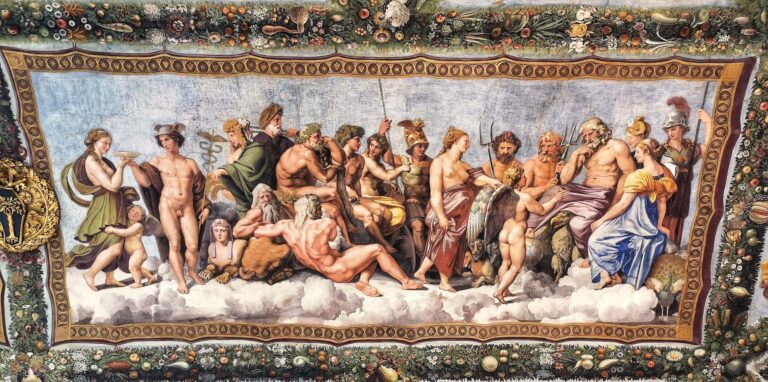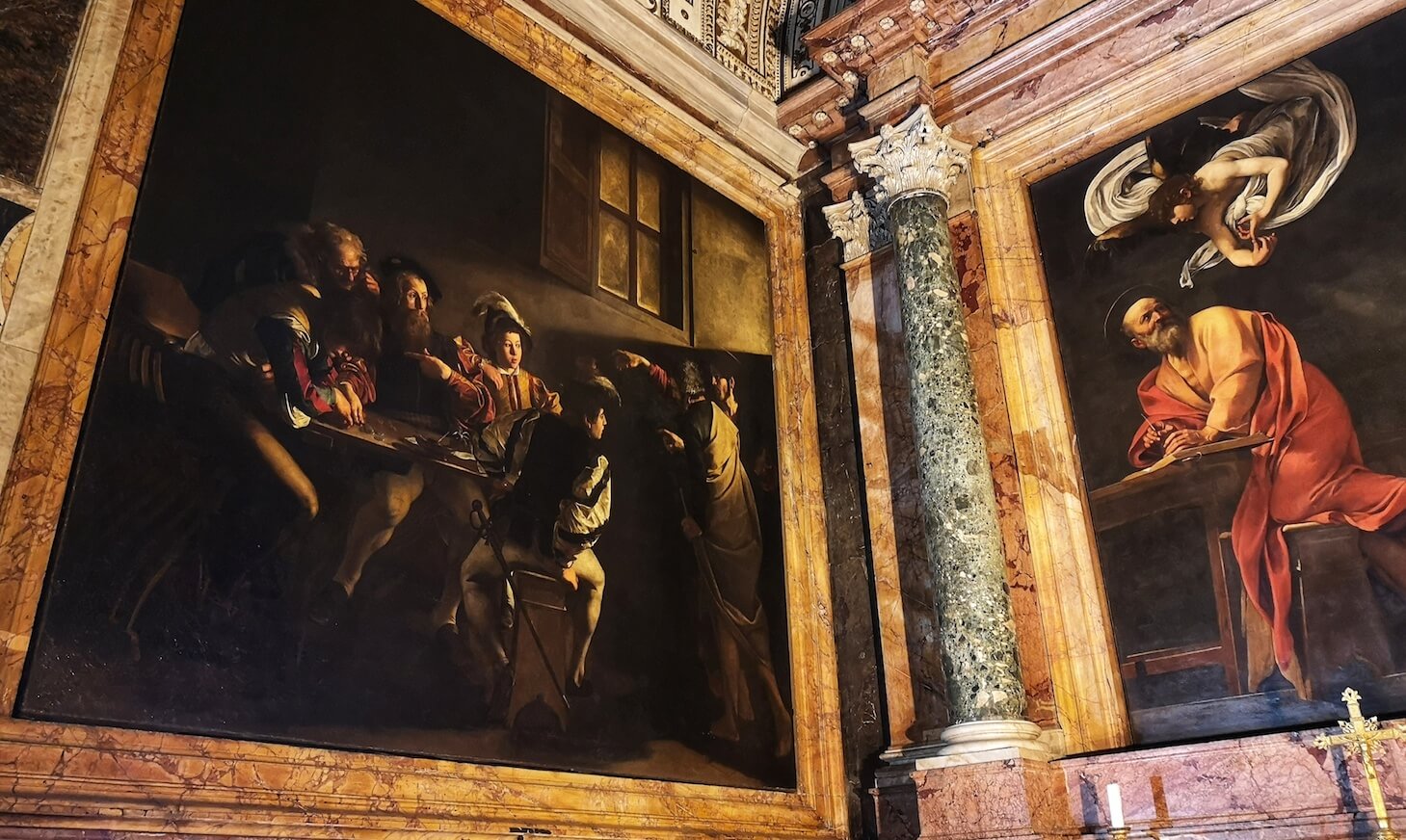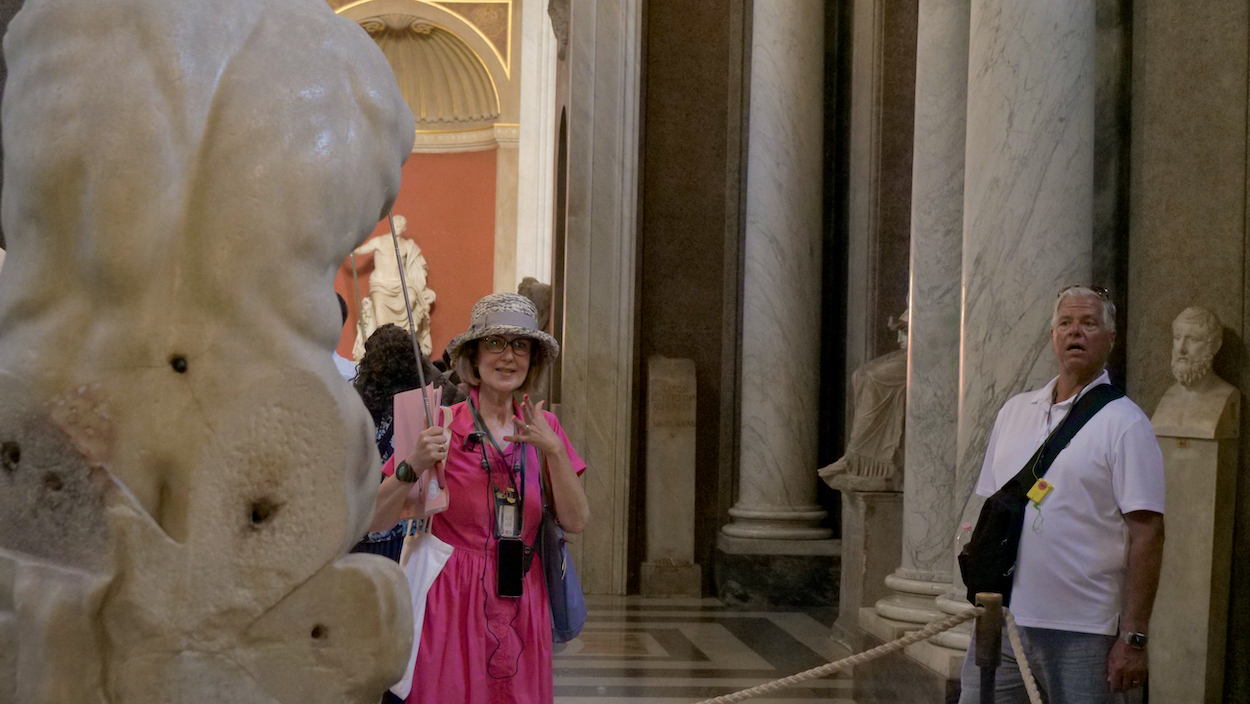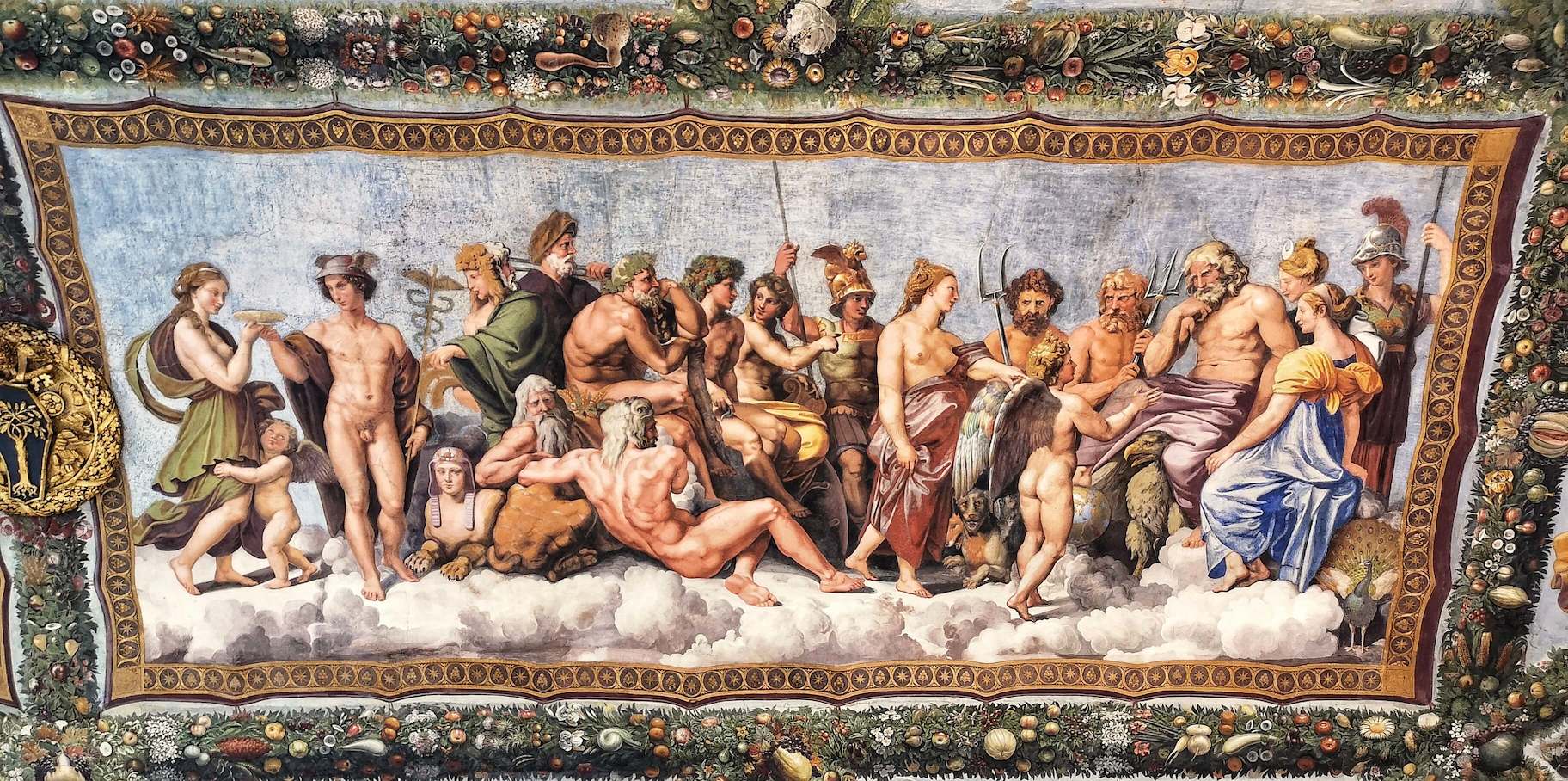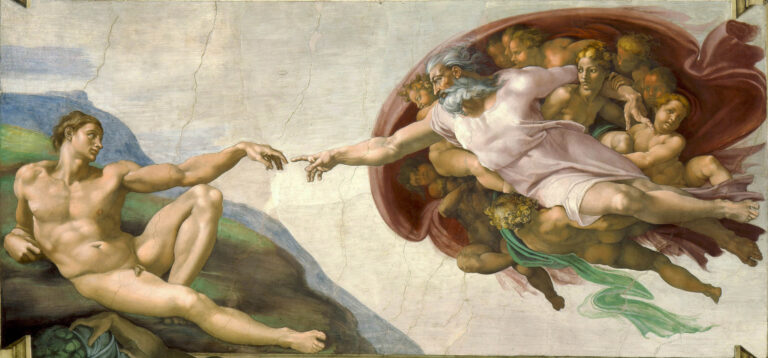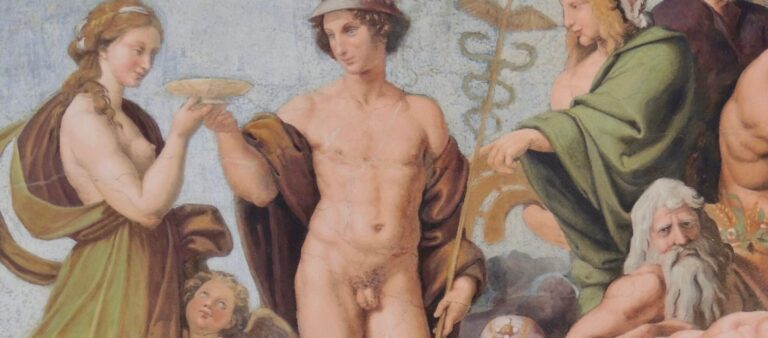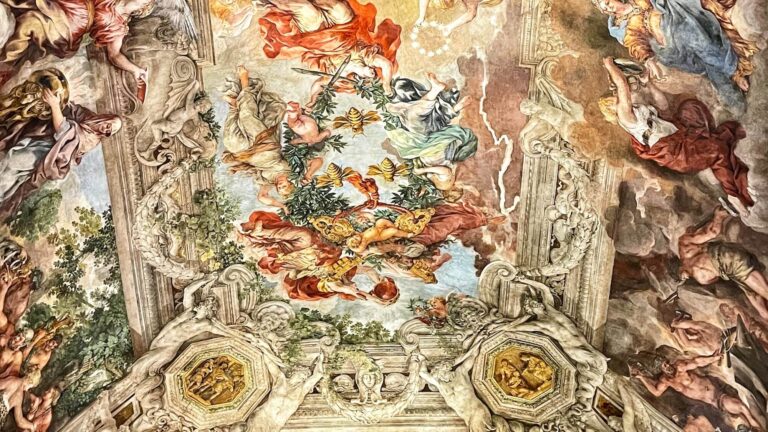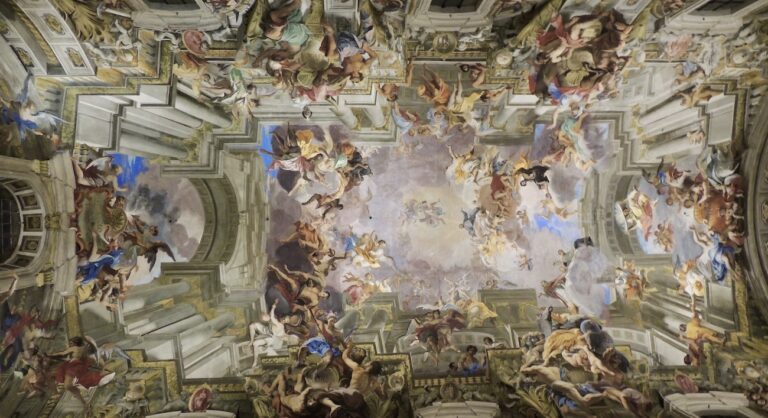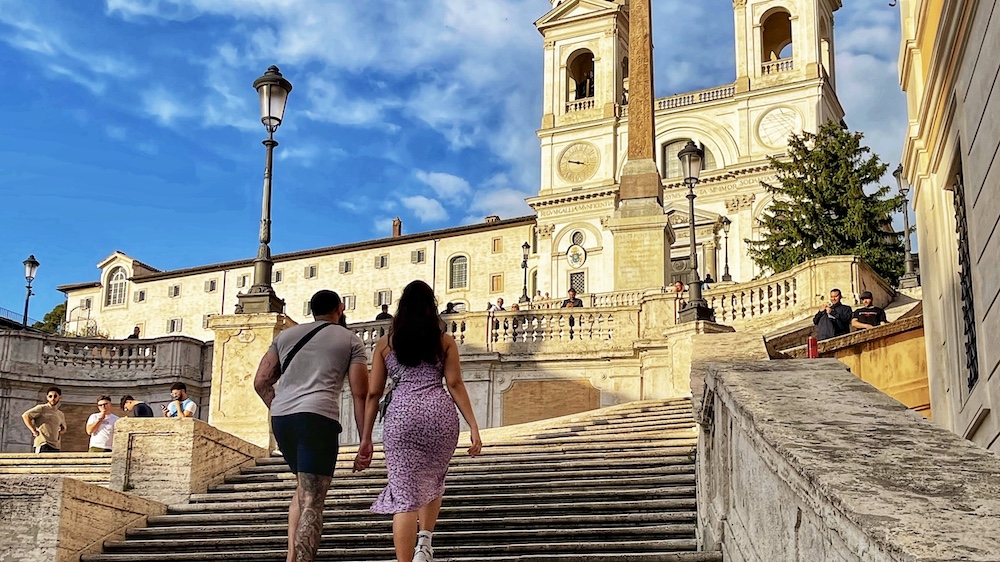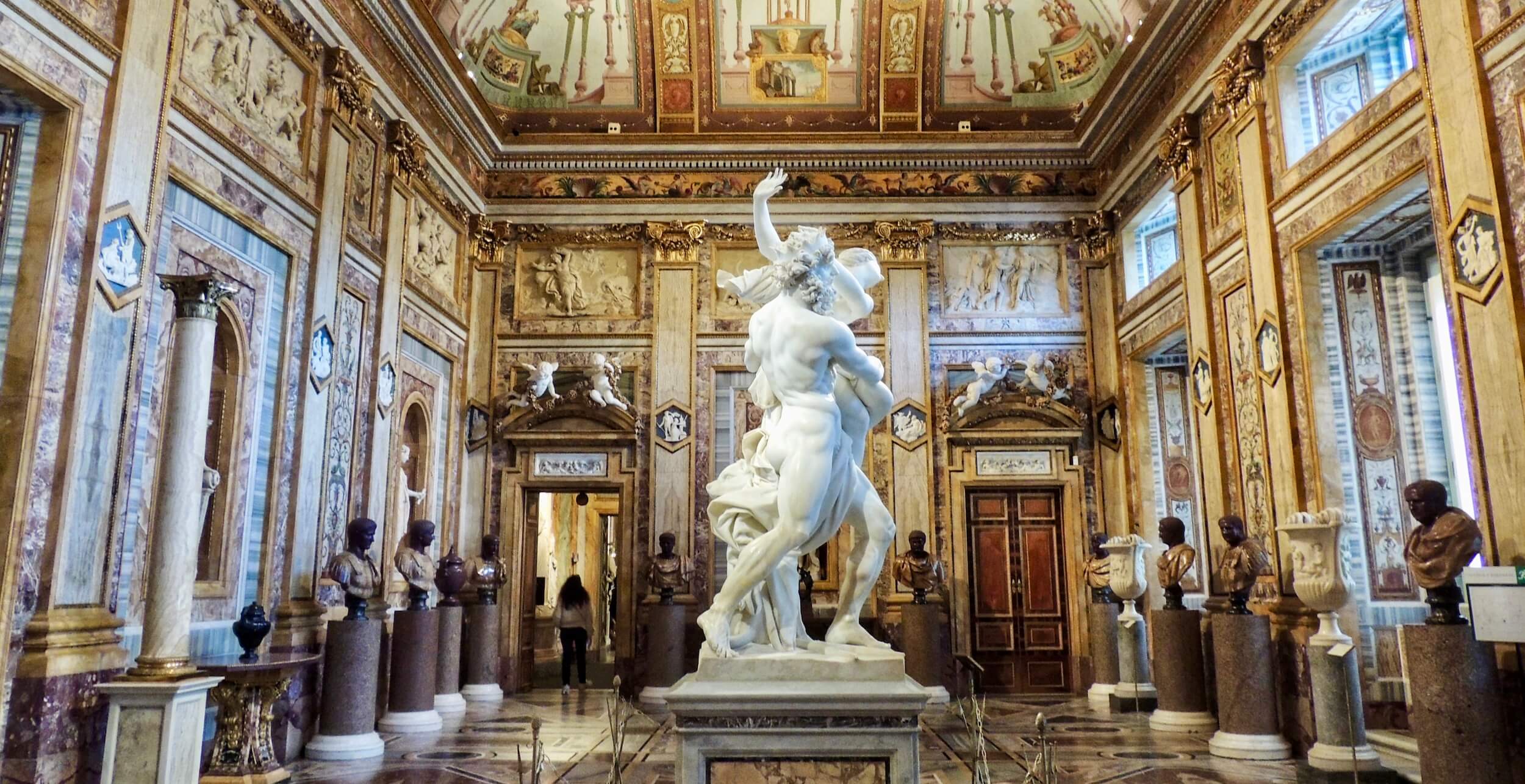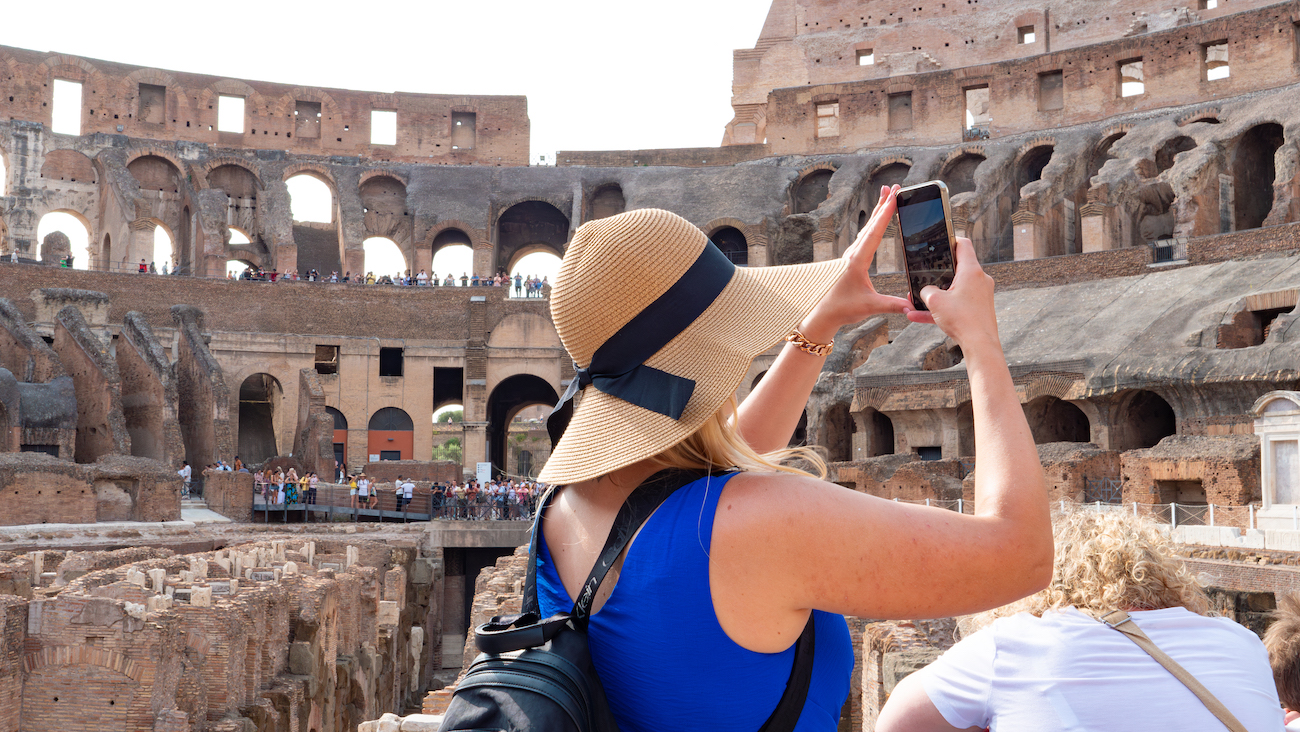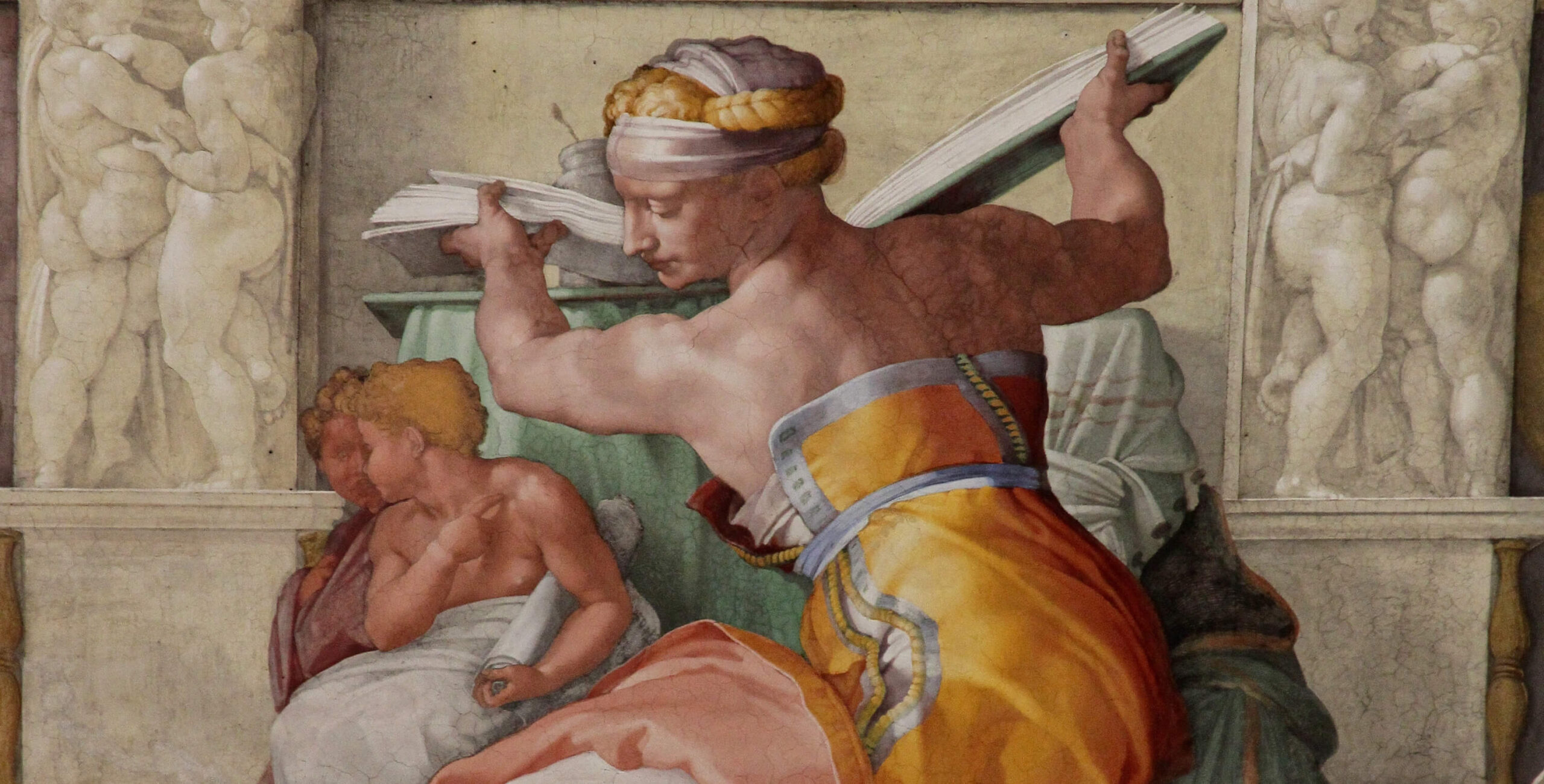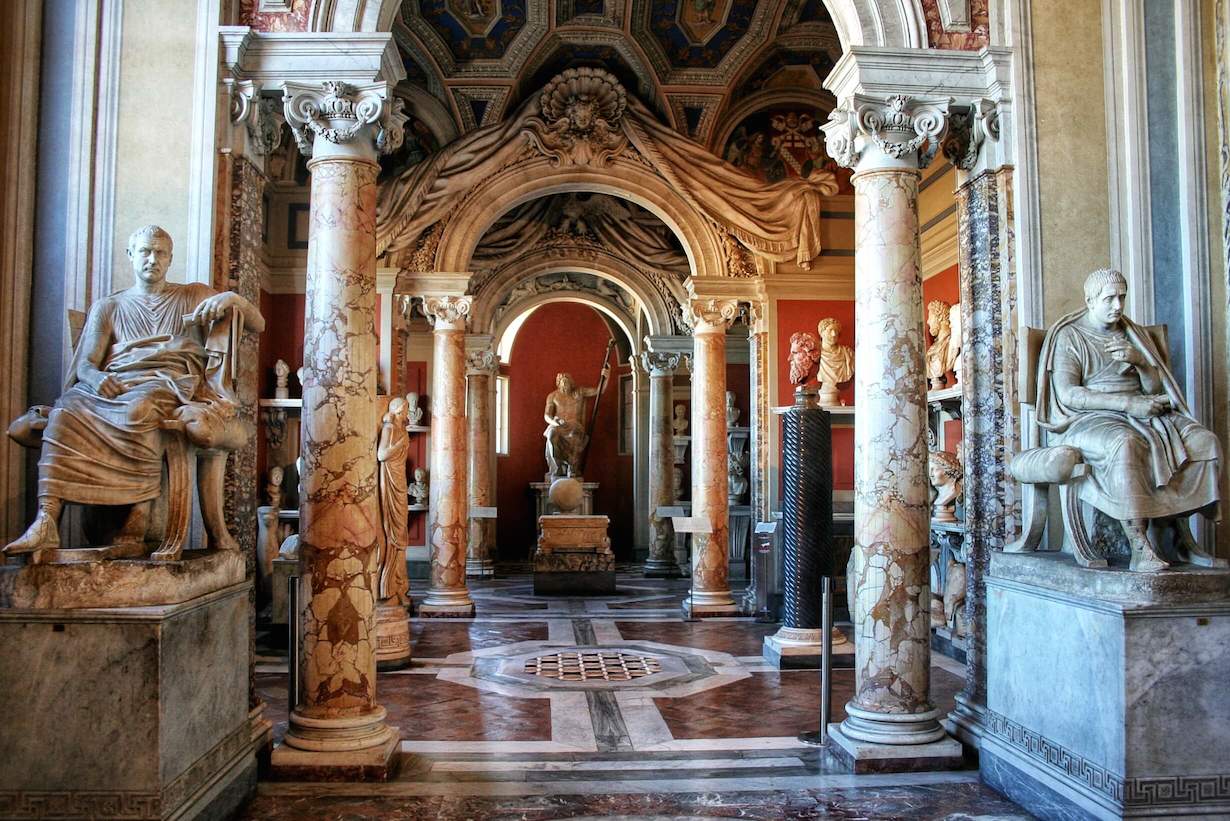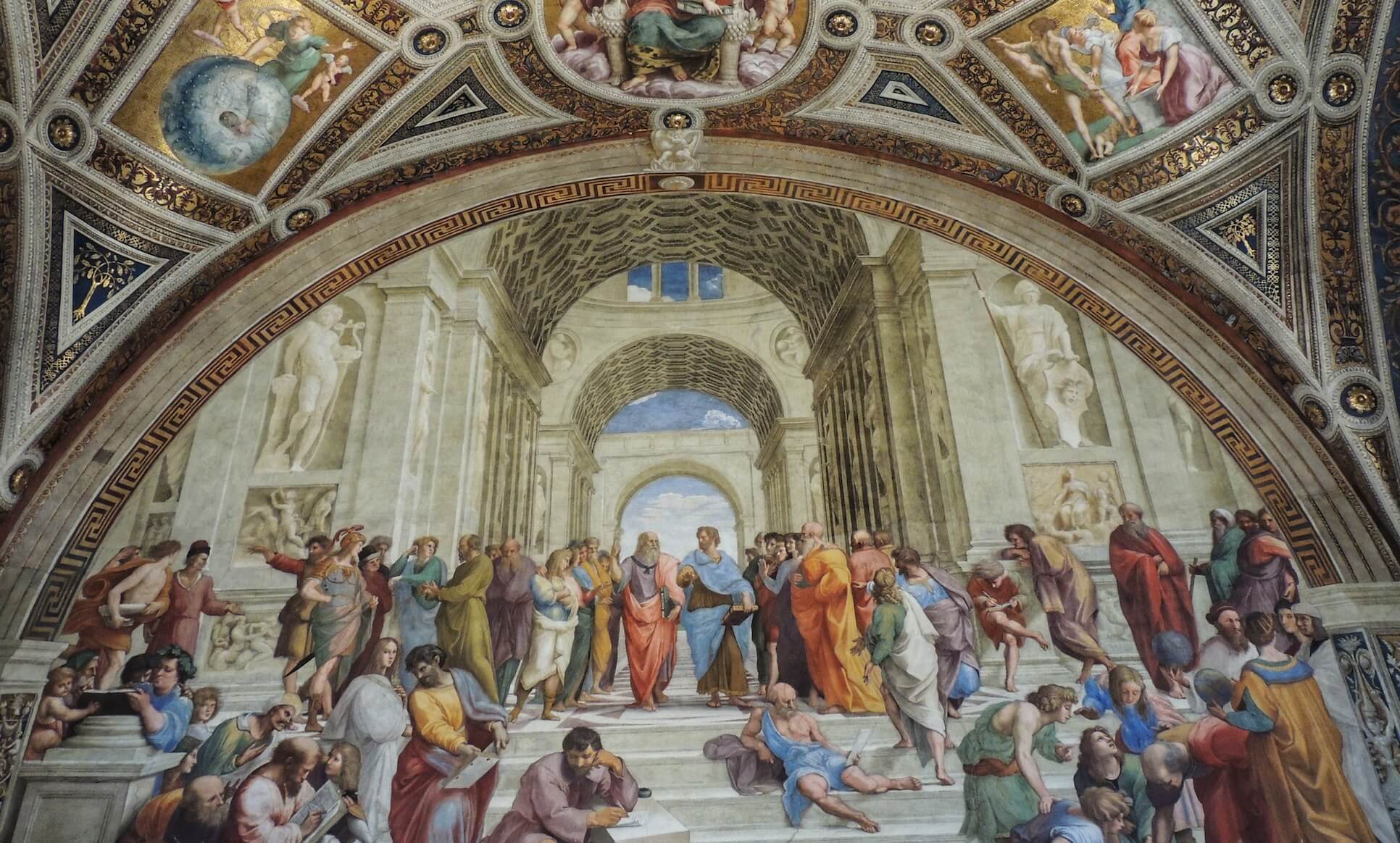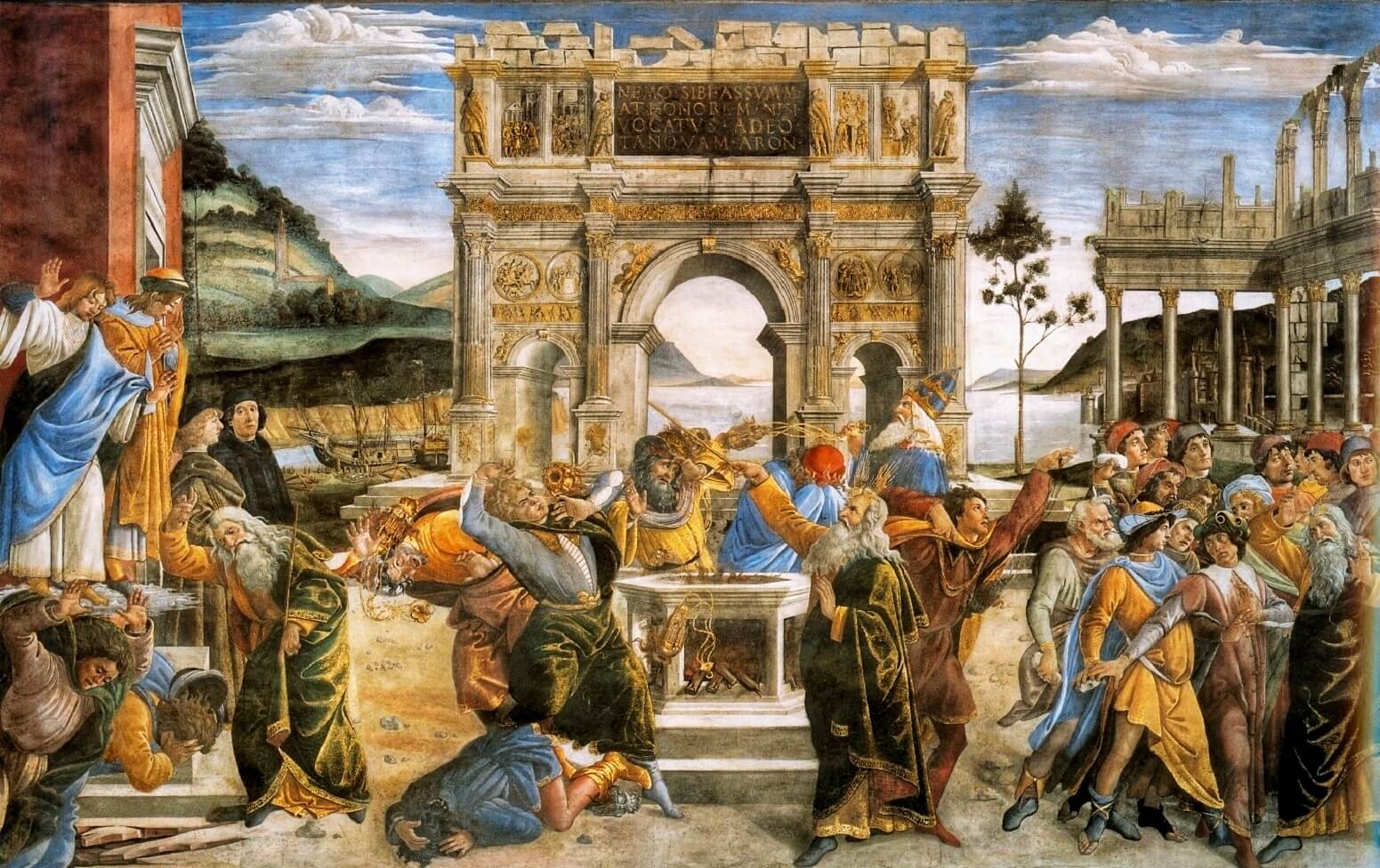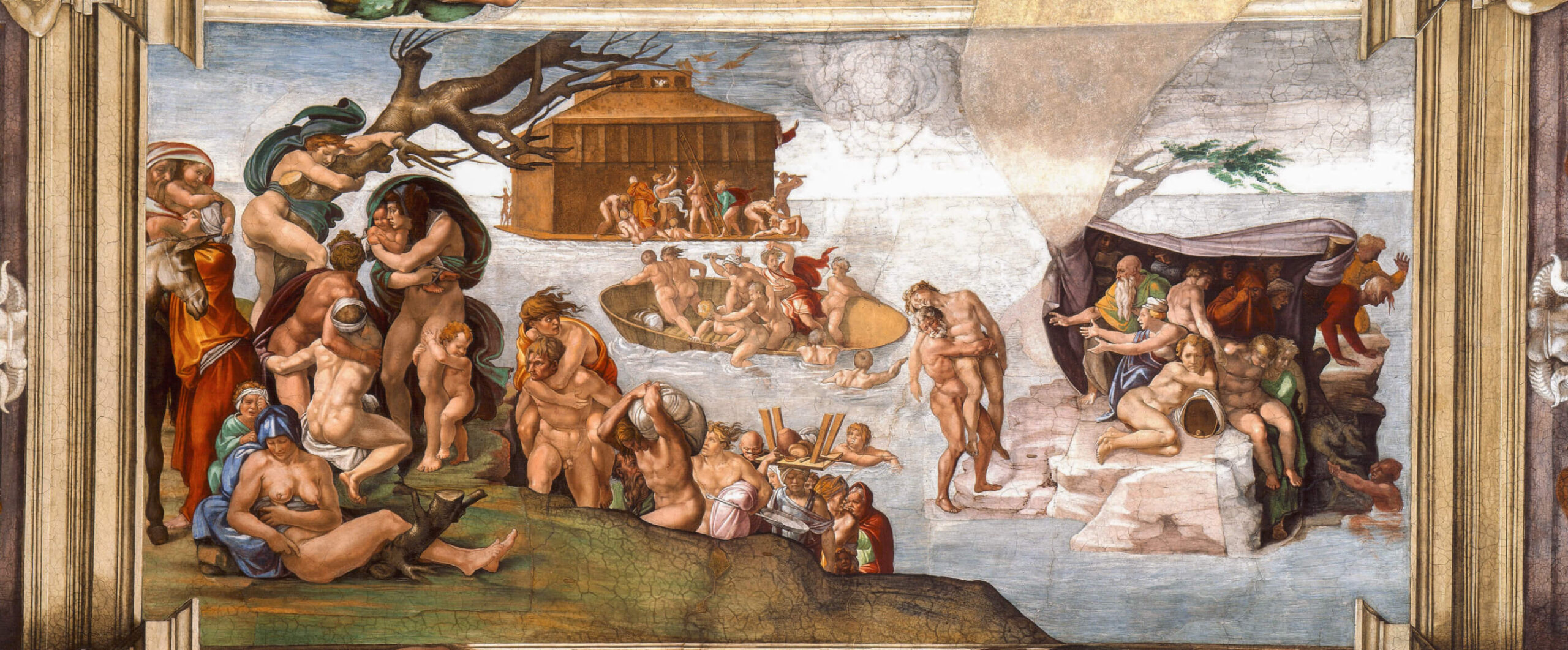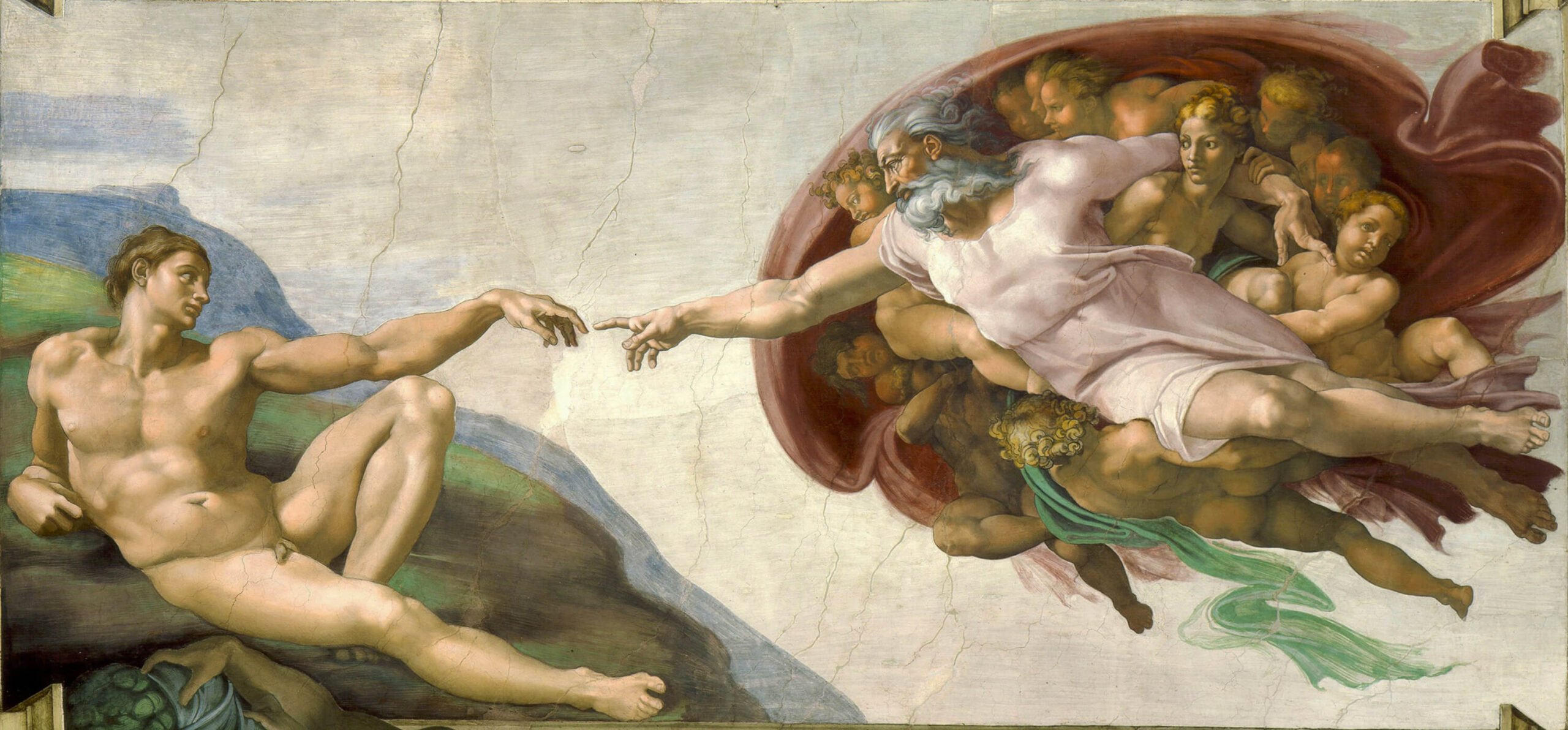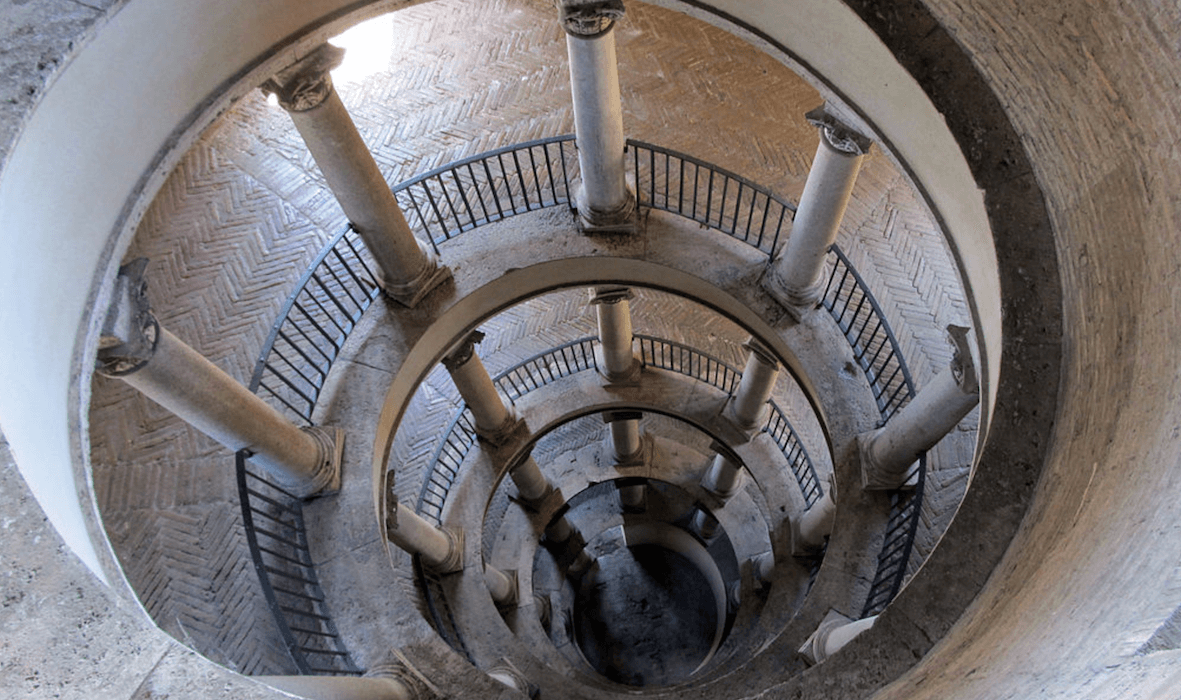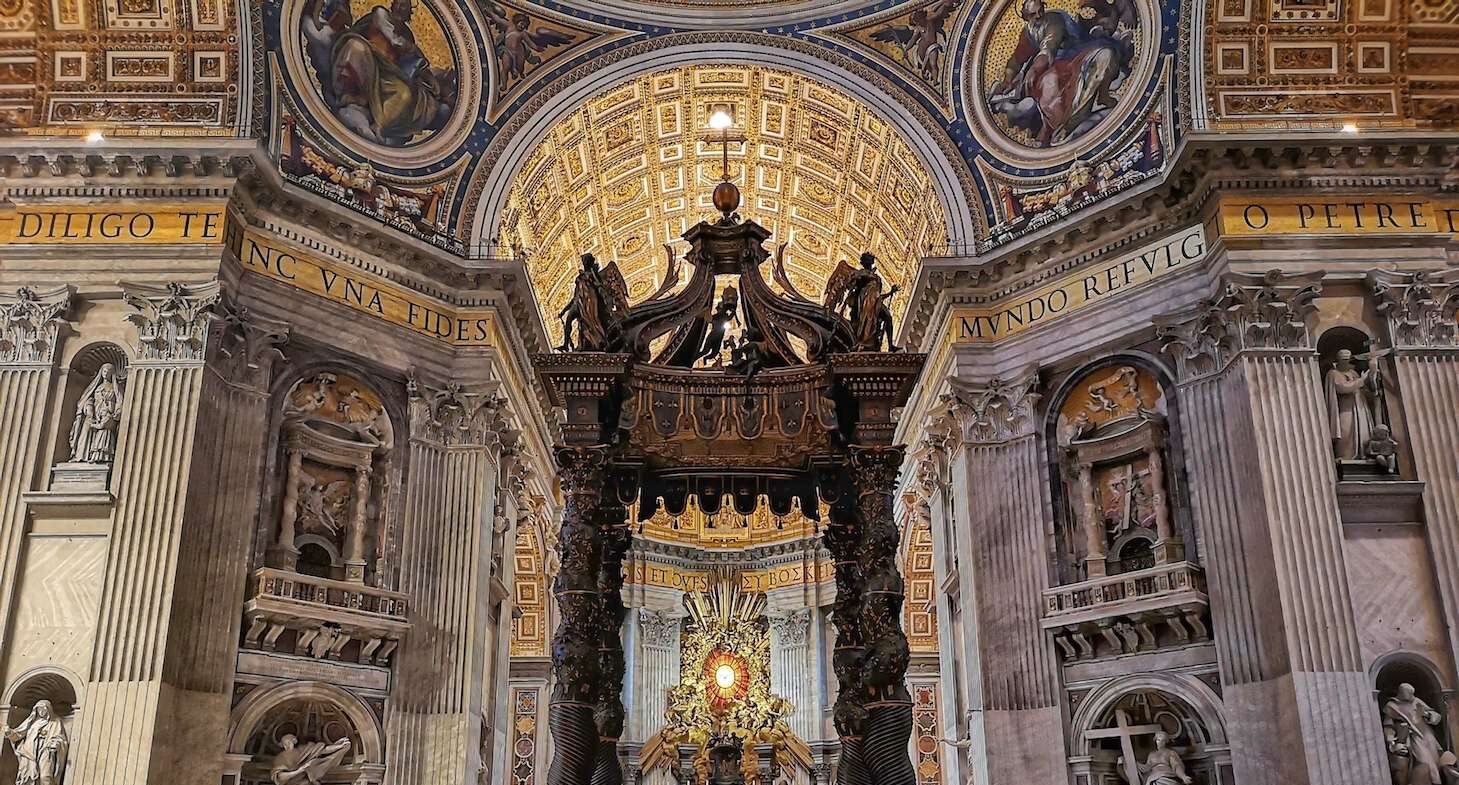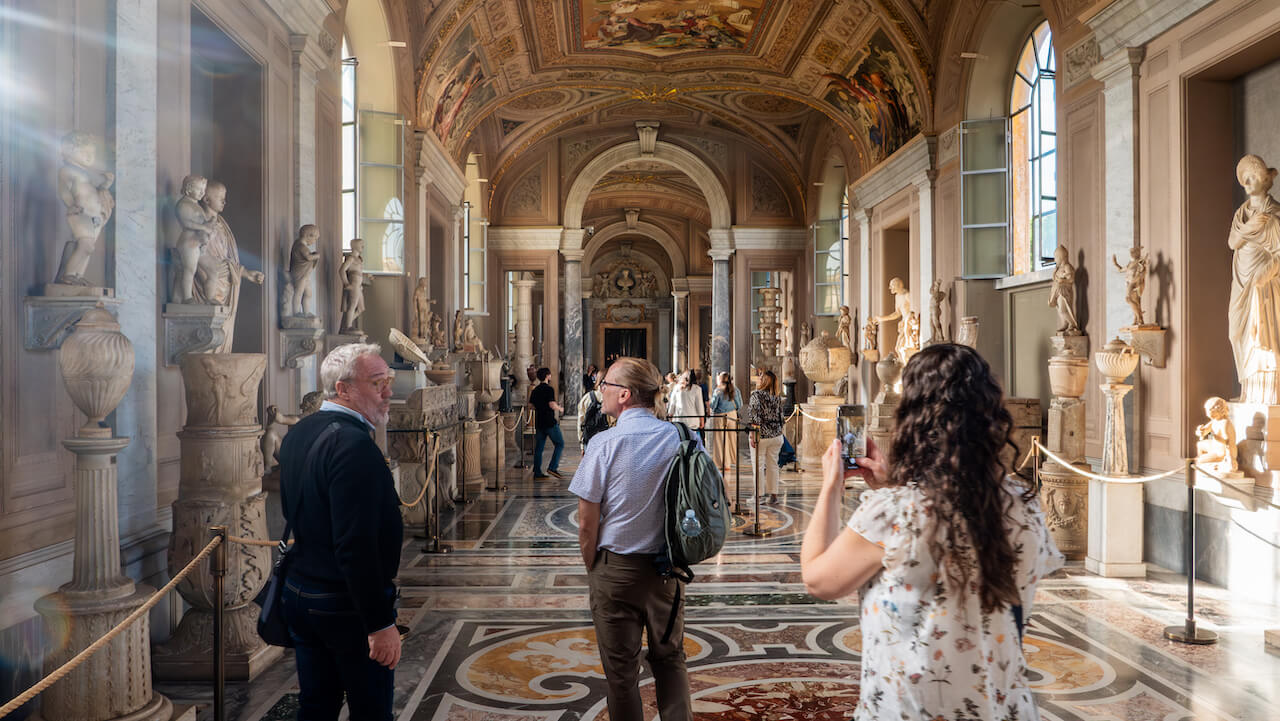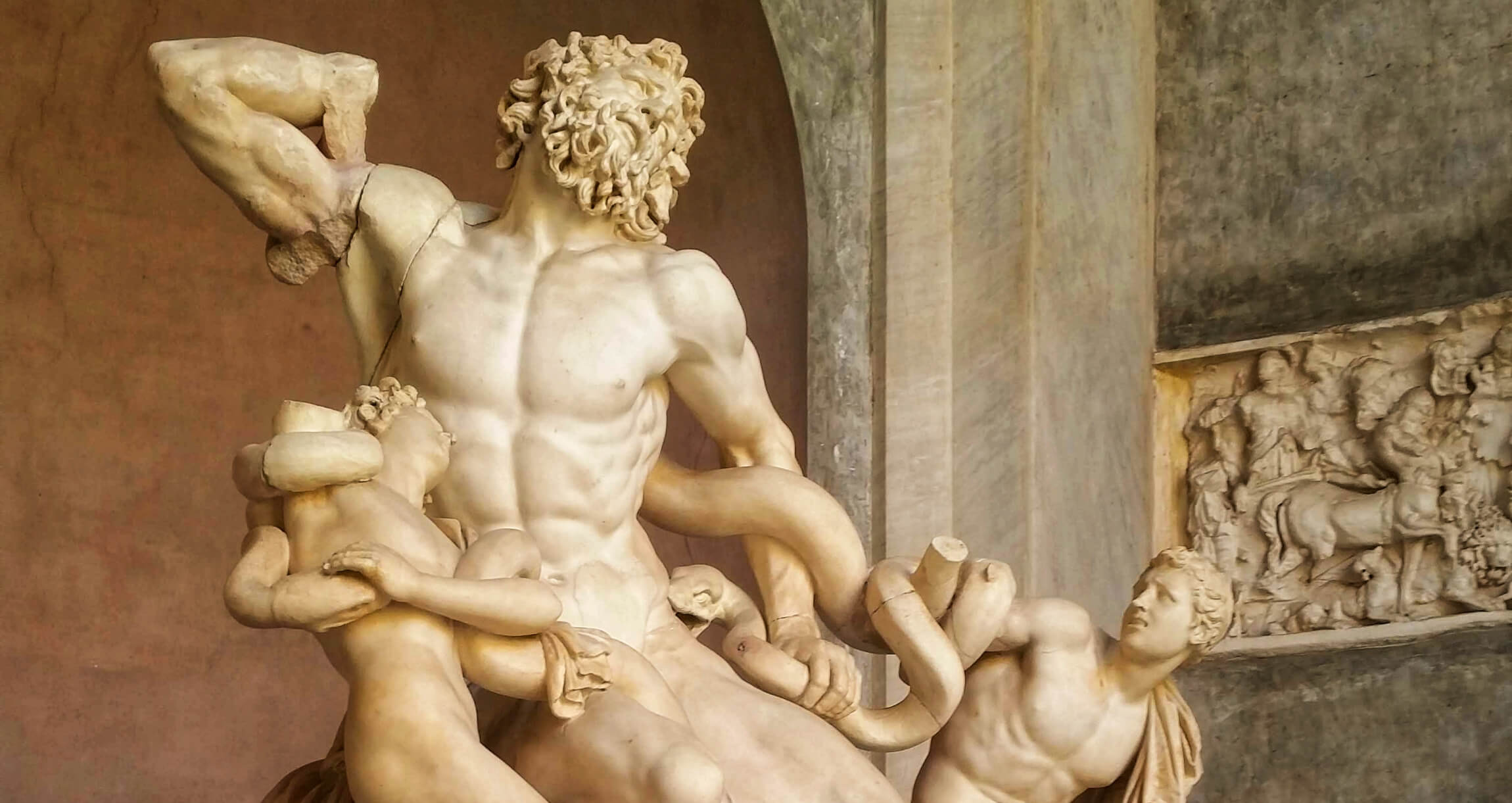If there’s one piece of advice we could give to every visitor when coming to Rome, it’s to look up!
Given the incredible decorations that adorn the ceilings of the Eternal City’s never-ending array of fabulous churches and palaces, your neck muscles are sure to get a serious workout when exploring the Italian capital. But whilst it’s a fairly safe bet that you’ve already got the Sistine Chapel pencilled into your itinerary, you might not know about these other magnificent painted ceilings; read on for our art-lovers guide to the finest ceiling decorations in Rome!
Rome Tours
Explore a Hidden Side of the Eternal City
Any conversation of ceiling paintings in Rome has to begin with what is perhaps the most famous painting in the story of art: Michelangelo’s titanic portrayal of the Old Testament Book of Genesis on the ceiling of the Sistine Chapel. Nothing can prepare you for the sheer scale of the work: 175 separate pictorial fields contain over 300 monumental figures, including thundering prophets, ancient seers and statuesque nudes (known as ignudi) framing the central narratives of the creation of the world.
At the very centre of Michelangelo’s epic biblical narrative is the most iconic scene of all: the moment when God gives life to his magnificent human creation with a single touch of index fingers. Elsewhere God is hard at work getting on with the job of creating a world for his human charges to inhabit. Here he separates light from darkness; there he divides water from land. In one scene he tosses the sun, moon and planets far off into the sky; in another, he takes on the role of divine horticulturist, conjuring plants and flowers from thin air.
Not all is rosy up on the Sistine Chapel ceiling, however. It’s not long before Adam and Eve get into trouble, unable to resist forbidden fruit offered by an insidious serpent, and all goes to hell in the next scenes as the unhappy couple are cast out from Eden. Things go from bad to worse as mankind slips into further depravity, culminating in the terrible scene of the Flood where much of the world is washed away in the rising waters of God’s wrath.
Michelangelo’s astounding fresco cycle was completed in just four years of almost superhuman activity, and when it was finally unveiled to a feverish public in 1512 the world was suitably amazed: Michelangelo was heralded as the finest artist of his, or any other generation, and the story of art was to be changed forever.
Explore our Sistine Chapel Itineraries Below

When it came to hiring the painters to decorate his palatial new pile on the banks of the Tiber, only the very best artists would do for filthy-rich Renaissance businessman and financier Agostino Chigi. And so when Chigi hatched a plan to adorn the villa’s gorgeous open-air loggia with complex mythological frescoes in 1517, it was to the superstar painter Raphael, in the prime of his career, that Agostino turned.
Romance was in the air, and the loved-up oligarch wanted the loggia’s decorations to set the tone for the upcoming marriage to his much-younger sweetheart Francesca Ordeaschi, with whom he had shacked up after the death of his previous inamorata, the famed Roman courtesan Imperia.
Raphael and his team were up to the job, adorning the loggia with sumptuous frescoes depicting the story of star-crossed lovers Cupid and Psyche, whose passionate affair was stymied at every turn by Cupid’s mother Venus, envious of the mortal Psyche’s charms.
Venus’ capricious punishments are portrayed all across the walls, whilst the ceiling is devoted to a lavish wedding banquet of the deities on Mount Olympus after the goddess of love finally drops her objections and bows to the inevitable. Fabulous borders of painted vegetation bristling with flowers, vines and some extraordinarily suggestive fruits keep up the theme of fertility. Not long after the decorations were completed, Chigi and Ordeaschi were wed in an extravagant ceremony at the Villa, presided over by Pope Leo X himself.
Discover the genius of Raphael and immerse yourselves in the splendours of the Renaissance on our special guided tour of the Villa Farnesina.
Check Availability of our Villa Farnesina Tour

A spectacular palace fit for one of 17th-century Rome’s most powerful families, a series of great architects from Carlo Maderno to Gianlorenzo Bernini and his great rival Francesco Borromini all had a hand in the design of Palazzo Barberini. The driving force behind the commissioning of the stately edifice was Cardinal Maffeo Barberini, who was to be raised to the papacy as Pope Urban VIII in 1623.
Urban would go down as one of the most refined patrons of art of his generation, and when the palace was nearing completion in the early 1630s he commissioned the painter Pietro da Cortona to create a bombastic affirmation of the family’s exalted status in the palace’s Great Hall. Da Cortona amply fulfilled his brief, coming up with one of the great masterpieces of Baroque painting.
As we cast our eyes upwards to where the salon’s ceiling should be, we see the architecture opening up to the heavens beyond, where a swarm of massive bees buzz their way ever upwards towards divine immortality. The bees were the Barberini’s heraldic device, and the symbolism of their crowning in heaven could hardly be more obvious to visitors awaiting their audience in the palazzo’s great hall. The personified figure of Divine Providence presides over the Barberini’s apotheosis, underlining the fact that Urban and his family were favoured by God himself.
This kind of jaw-dropping illusionism that blurs the boundary between real and imagined spaces was a favourite trick of Baroque artists, a technique known as quadratura, and it relied on some very complicated mathematics to pull off convincingly. Nobody managed it with more aplomb than Pietro da Cortona, and the Barberini ceiling remains one of the greatest artistic achievements in the Eternal City.

In the wake of the Counter-Reformation’s call to arms for a renewed focus on the power of art to amaze the faithful with incredible feats of painterly virtuosity, Roman artists outdid themselves in their quest to stretch the limits of their talents in the many grand new churches that were springing up all across the city. As the mother church of the recently founded Jesuit order, the Gesù was amongst the most opulent of them all. Completed in 1584, the grandiose church’s interior is an aladdin’s cave of precious art – but it’s the extraordinary fresco from a century later covering the entire length of the ceiling and the cupola that really takes the breath away.
The artist, known as Il Baccicio, has seemingly conjured up a miracle wholly appropriate to the sacred surroundings. As you cast your gaze upwards, the church’s vault seems to disappear in a swirling mass of clouds, opening up a direct view into the celestial sphere of heaven itself. The subject matter was one dear to the Jesuits – the Triumph of the Name of Jesus. Bathed in blinding rays of celestial light, the monogram of Christ’s name hovers at the ceiling’s centre surrounded by an array of angels and holy figures rapt by the miracle. Rebel angels beguiled by Satan’s empty promises of power tumble illusionistically from the vault in a tangle of grotesque limbs and tortured poses, defeated by the mere mention of Christ’s name.
The free combination of painting, sculpture and architecture all combining to create a theatrical, multi-sensorial and three-dimensional ensemble is Baroque bombast at its very best, and Baccicio’s massive fresco ensured the Gesù’s status as one of 17th-century Rome’s most important pilgrimage destinations.

Not content with the Gesù, as the Jesuits grew in power and wealth the Order decided to construct a new church every bit as grand as their headquarters in order to honour the canonisation of their founder, Ignatius of Loyola, in 1622. Despite a generous injection of cash from the papal coffers, however, the Jesuits had bitten off more than they could chew, and money ran out before the massive dome intended to complete the building could be built. Undaunted, the Order hired the painter-priest Andrea Pozzo to paint a fake dome onto the church’s flat ceiling instead.
An expert in mathematics as well as a gifted painter, Pozzo managed to make the fake dome look extremely convincing, and the illusion only collapses when you stand beneath the painting. Equally impressive is the massive fresco that Pozzo created for the nave; like at the Gesù, the ceiling is completely dematerialised, fake architecture opening up a convincing panorama into a sunny blue sky where Ignatius himself is being borne towards heaven on fluffy clouds. Personifications of the world’s known continents observe the scene, reflecting the Jesuit mission to spread the Catholic faith to all four corners of the globe.

Rome Tours
Discover the Magic of the Eternal City

